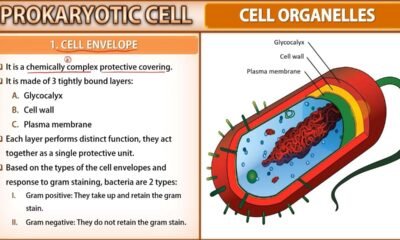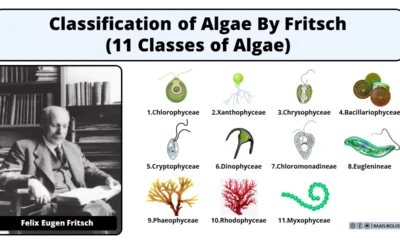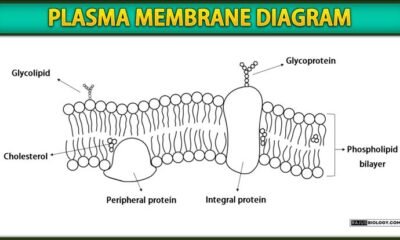Blog
Difference Between Active Transport and Passive Transport
In this article we will discuss about difference between active transport and passive transport
Difference Between Active Transport and Passive Transport
1. Energy Requirement: Active transport requires energy, usually in the form of ATP (adenosine triphosphate), to move molecules or ions against their concentration gradient. Passive transport does not require energy and occurs along the concentration gradient.
2. Concentration Gradient: Active transport moves molecules or ions against their concentration gradient, from an area of lower concentration to an area of higher concentration. Passive transport moves molecules or ions along their concentration gradient, from an area of higher concentration to an area of lower concentration.
3. Specificity: Active transport is highly specific and often involves carrier proteins or pumps that bind to specific molecules or ions. Passive transport is less specific and can occur through channels or pores that allow the passage of various molecules or ions.
4. Rate of Transport: Active transport can transport molecules or ions at a faster rate. Passive transport occurs at a slower rate due to the reliance on diffusion.
5. Regulation: Active transport can be regulated to control the movement of molecules or ions in response to cellular needs. Passive transport is not directly regulated and occurs based on the concentration gradient and permeability of the membrane.
6. Saturation: Active transport can reach saturation when all the carrier proteins or pumps are occupied, leading to a maximum rate of transport. Passive transport does not exhibit saturation as it occurs based on the concentration gradient.
7. Directionality: Active transport can move molecules or ions in both directions, depending on the energy input and the concentration gradient. Passive transport occurs in one direction, from an area of higher concentration to an area of lower concentration.
8. Role in Homeostasis: Active transport plays a crucial role in maintaining cellular homeostasis by regulating the internal concentrations of various molecules and ions. Passive transport contributes to the overall movement of molecules and ions but does not actively maintain homeostasis.
9. Examples: Active transport such as sodium-potassium pump, which maintains the concentration gradients of sodium and potassium across the cell membrane. Passive transport such as simple diffusion, facilitated diffusion, and osmosis.
Summary: Difference Between Active Transport and Passive Transport
- Active transport requires energy, while passive transport does not.
- Active transport moves molecules against the concentration gradient, while passive transport moves along the concentration gradient.
- Active transport is specific and regulated, while passive transport is less specific and occurs spontaneously.
- Active transport can occur at a faster rate than passive transport.
- Active transport can saturate, while passive transport does not.
- Active transport can move molecules in both directions, while passive transport occurs in one direction.
- Active transport is crucial for maintaining cellular homeostasis.
- Examples of active transport include the sodium-potassium pump, calcium pump, and nutrient transport. Examples of passive transport include diffusion, facilitated diffusion, and osmosis.

 Blog7 months ago
Blog7 months ago[PPT] Human Reproduction Class 12 Notes
- Blog7 months ago
Contribution of Indian Phycologists (4 Famous Algologist)
- Blog7 months ago
PG TRB Botany Study Material PDF Free Download

 Blog7 months ago
Blog7 months agoCell The Unit of Life Complete Notes | Class 11 & NEET Free Notes

 Blog7 months ago
Blog7 months ago[PPT] The living world Class 11 Notes

 Blog7 months ago
Blog7 months agoClassification of Algae By Fritsch (11 Classes of Algae)

 Blog7 months ago
Blog7 months agoJulus General Characteristics | Free Biology Notes

 Blog7 months ago
Blog7 months agoPlasma Membrane Structure and Functions | Free Biology Notes














